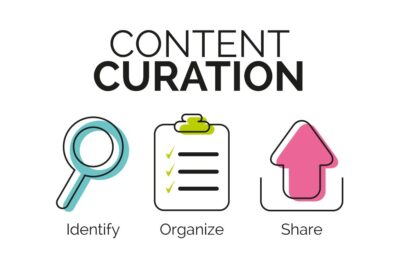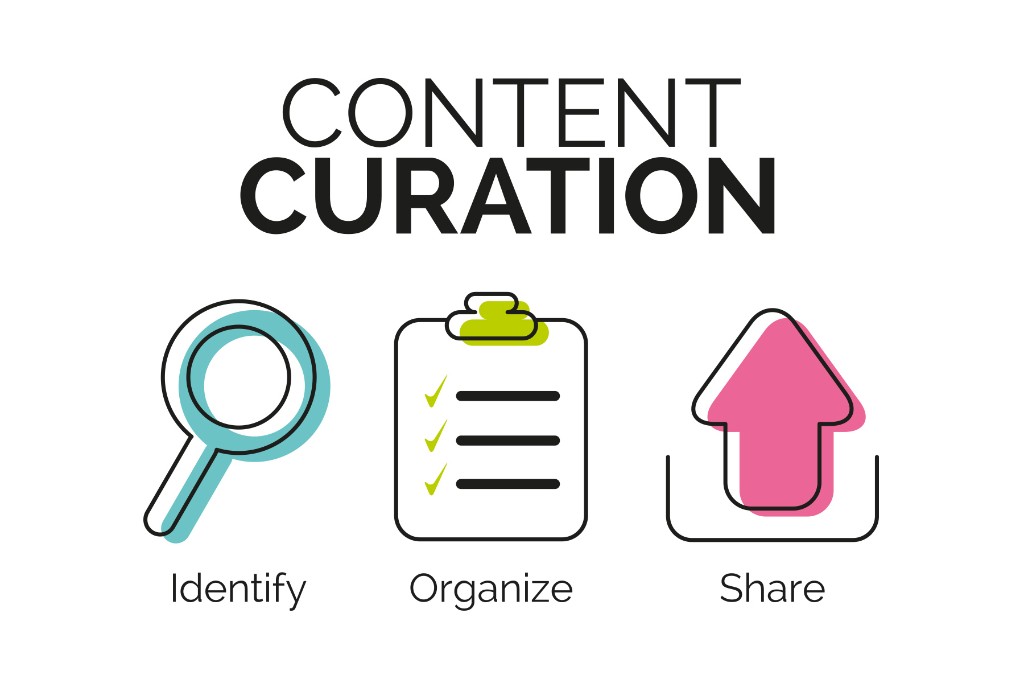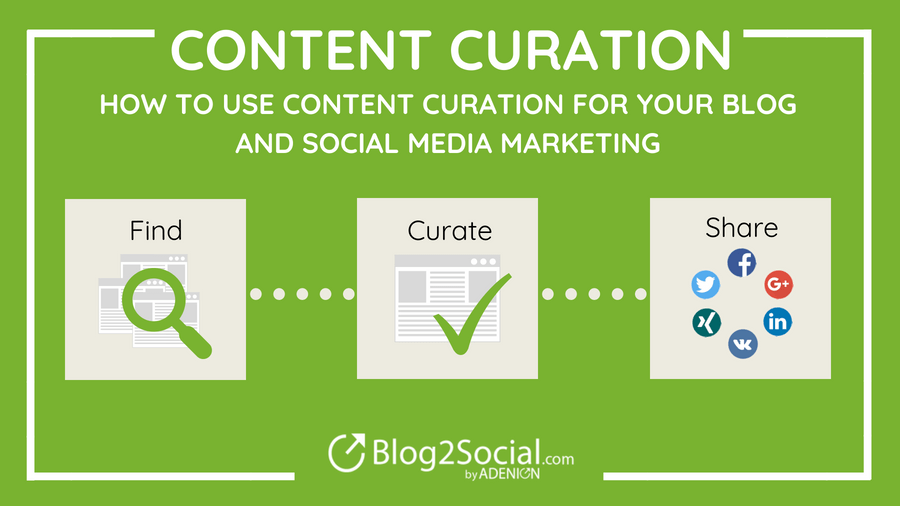
Content Curation: A Comprehensive Guide for Everyone

Introduction
In today’s digital age, where information is abundant and overwhelming, content curation has emerged as an essential skill for navigating the vast online landscape. Content curation involves the process of gathering, organizing, and presenting valuable content from various sources to create a cohesive and informative experience for your audience.

What is Content Curation?
Content curation is the art of selecting, organizing, and presenting existing content from multiple sources to create a new and valuable resource. It involves identifying relevant and high-quality content, filtering out irrelevant or outdated information, and presenting it in a way that is both engaging and informative.

Benefits of Content Curation
Content curation offers numerous benefits, including:
- Time-saving: By leveraging existing content, you can save time and effort that would otherwise be spent on creating original content.
- Increased reach: By sharing curated content from multiple sources, you can reach a wider audience and establish yourself as a thought leader in your industry.
- Improved credibility: By presenting well-researched and authoritative content, you can build trust and credibility with your audience.
- Enhanced engagement: Curated content that is relevant and engaging can drive traffic to your website, increase social media shares, and foster meaningful discussions.

How to Curate Content Effectively
Effective content curation involves the following steps:
- Define your target audience: Identify the specific group of people you want to reach with your curated content.
- Identify relevant sources: Research and identify credible and authoritative sources that provide high-quality content on your topic.
- Gather and select content: Use search engines, social media, and industry publications to find relevant content. Filter out irrelevant or outdated information.
- Organize and present: Arrange the curated content in a logical and visually appealing manner. Use headings, subheadings, and images to enhance readability.
- Add value: Provide your own insights, commentary, or analysis to add value to the curated content.
- Promote and share: Share your curated content on your website, social media channels, and other platforms to reach your target audience.

Tools for Content Curation
Numerous tools can assist you in the content curation process, including:
- Feedly: A news aggregator that allows you to subscribe to multiple sources and organize content into categories.
- Pocket: A bookmarking tool that lets you save articles, videos, and other content for later reading.
- Hootsuite: A social media management tool that helps you schedule and share curated content across multiple platforms.
- BuzzSumo: A content analysis tool that provides insights into popular and shareable content.

Conclusion
Content curation is a powerful tool that can help you create valuable and engaging content for your audience. By following the steps outlined in this guide and leveraging the available tools, you can effectively curate content that informs, educates, and inspires your readers. Remember, the key to successful content curation lies in providing your audience with high-quality, relevant, and well-organized information that meets their specific needs.

